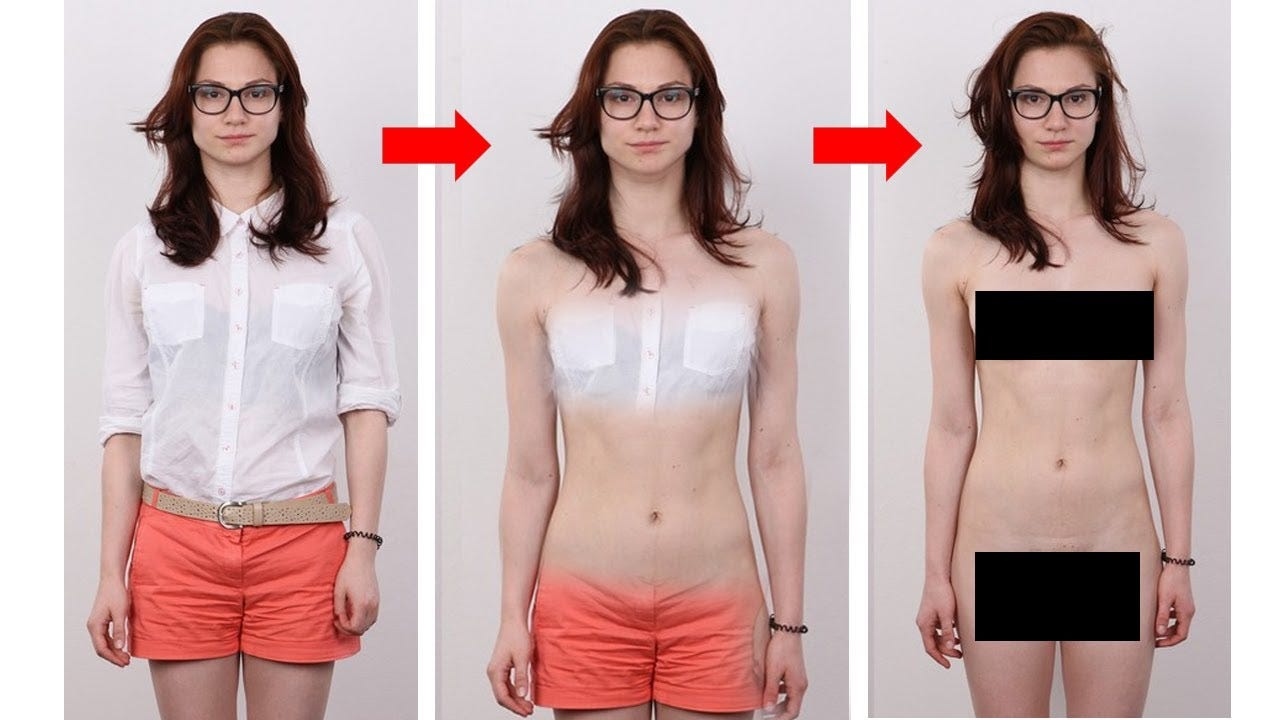
In the age of advanced artificial intelligence, technology such as Undress AI has brought new capabilities to the forefront, particularly in image manipulation. While this technology has legitimate applications, it can also be misused to create deceptive or misleading images. Identifying these fake images is crucial to protecting oneself from potential harm. Here’s a guide to help you spot fake images created by AI Undress.
1. Examine Image Quality and Consistency
One of the first indicators of a fake image is irregular quality or inconsistencies within the image. AI-generated images might exhibit:
- Blurriness: Areas of the image might appear unusually blurry or pixelated.
- Odd Textures: Textures may not match the surrounding areas or look unnatural.
- Inconsistent Lighting: Shadows and highlights may not align correctly with the light source, creating an unnatural appearance.
2. Look for Unusual Artifacts
AI-generated images often include artifacts—unexpected distortions or anomalies that are not typical in genuine photographs. Common artifacts include:
- Strange Patterns: Unusual repeating patterns or textures that don’t align with real-world imagery.
- Unnatural Edges: Jagged or blurred edges where they should be smooth and well-defined.
3. Analyze Facial Features and Proportions
If the image involves human subjects, examine the facial features and proportions carefully:
- Distorted Facial Features: AI might struggle with realistic facial proportions, resulting in distorted eyes, mouths, or noses.
- Inconsistent Expressions: Facial expressions might look unnatural or inconsistent with the context of the image.
4. Check for Metadata and Source Information
Verifying the image’s metadata can provide insights into its authenticity. Look for:
- Metadata Examination: Tools like ExifTool can reveal if an image has been edited or created by AI.
- Source Verification: Track the image back to its original source. A lack of credible sources or the presence of dubious sites can be a red flag.
5. Utilize Reverse Image Search
A reverse image search can help confirm the authenticity of an image:
- Google Images: Upload the image to Google Images to find if it has been used elsewhere and check for discrepancies.
- Specialized Tools: Use tools like TinEye to compare the image with known sources and verify its origin.
6. Be Aware of Contextual Clues
Context can reveal a lot about an image's authenticity:
- Mismatched Context: The setting or background might not match the subject matter or situation.
- Anachronisms: Look for items or elements that seem out of place or inconsistent with the time period or event depicted.
7. Consult Expert Tools and Services
Several tools and services are designed to detect AI-generated images:
- Deepfake Detection Software: Tools like Deepware Scanner or Sensity AI can analyze images for signs of AI manipulation.
- Professional Analysis: Consulting with digital forensics experts can provide a more thorough investigation.
Conclusion
Spotting fake images created by AI Undress involves a combination of scrutinizing visual details, verifying metadata, and leveraging detection tools. By remaining vigilant and informed, you can better protect yourself from misinformation and ensure the authenticity of the images you encounter.